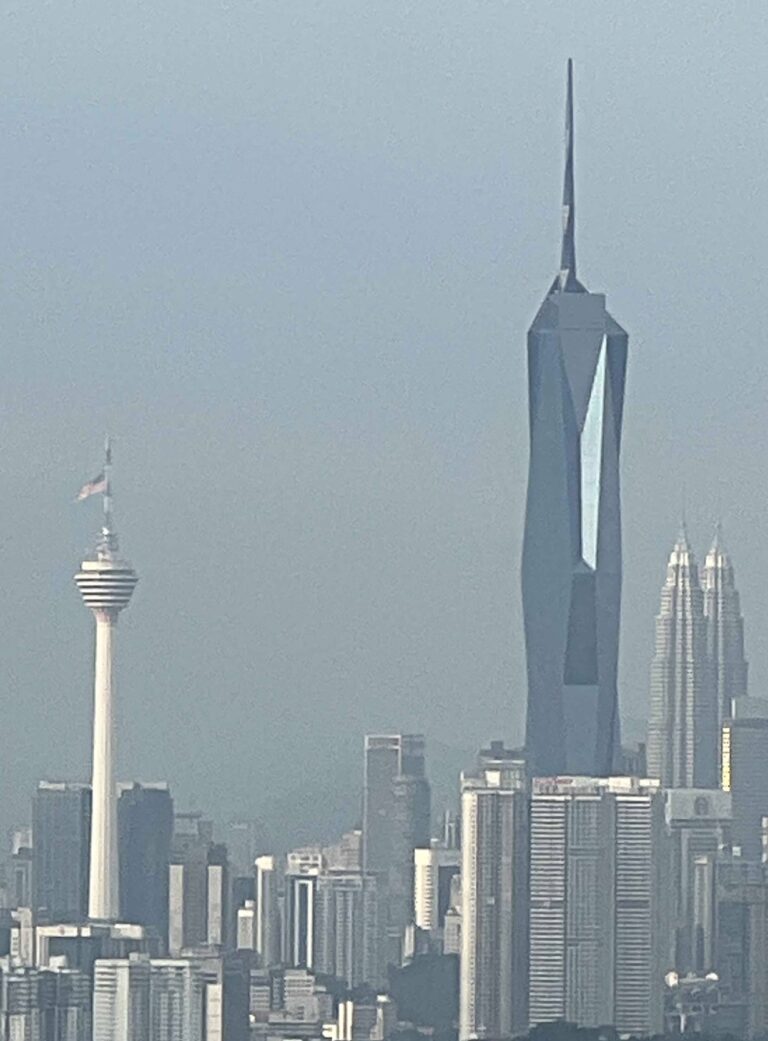
Property Outlook for 2025, Alternative viewpoint
Marginal improved prospects anticipated in 2025
By Jan Yong
Since the heyday of the Malaysian property market exuberance in 2010 – 2012, there has been a gradual downward trend made worse by the Covid pandemic in 2021- 2022. Attracted by the high margins in the property market, many players coming from other industries including even foreign developers have joined the bandwagon hoping to cash in on the boom. In a few short years, tens of thousands of residential units were built culminating in the 28,000-unit controversial Forest City development in the state of Johor.
Despite some experts and analysts being optimistic or “cautiously optimistic” on the outlook for 2025, the truth is that the Malaysian market will never return to its boom days of 2010 – 2012. Why do I say this? Simply because the facts speak for themselves. The boom then was fueled by undersupply and pent-up demand. When too much supply started entering the market, the balance started to shift.
There are too many units (both residential and commercial) being built relative to demand, some targeted at the wrong segments, some built in areas with little demand and a big red flag that property players seem to ignore time and time again – the declining birth rate in Malaysia.
In 2024, Malaysia experienced a significant decrease in birth rate with 15,602 births per 1,000 population, a 1.71% decrease from the previous year. In years to come, who will be buying and occupying the many residential units, and who will be doing the shopping in the many retail outlets and shopping malls endemic in Johor and the Klang Valley? Who will be occupying the many office units especially with remote work getting popular now? How many property investors have been burnt, some having to declare bankruptcy?
On the ground, property investors who had bought several units are having problems renting out the units. The oversupply situation is critical in many areas except for the usual hotspots which have advantages like proximity to transportation links, matured neighbourhoods, expatriate enclaves, industrial hubs, business and financial centres, educational and tourism hotspots. Other areas – you will be lucky to find a tenant even if the area has all the best infrastructure. ‘Ghost towns or developments’ in Malaysia do exist. Take Forest City for example.
It will take a few more years for all these units to be absorbed. With the cost of living going up (and never down), the idea of buying property as a hedge against inflation makes sense – but only if you buy at the right location. Yes, “location, location, location” is still the number one factor when considering a property purchase in Malaysia.
For 2025, the situation leans towards a continuation of previous years’ subdued interest except in the aforementioned hotspots and in Johor. With economic uncertainty still plaguing sentiments, people are tightening their belts and only very well-located and well-priced developments by very established developers will be doing well.
The residential market is still dominated by affordable housing targeted at B40 and M40 income groups. This is followed by thematic industrial property play particularly in data centres, logistics, electrical and electronics and renewable energy segments situated mainly in Johor and Selangor.
Johor has always been an outlier due to its proximity to Singapore. Sometimes dubbed as the “hinterland of Singapore”, it has enjoyed a steady stream of visitors from Singapore looking for cheaper accommodation and lower cost of living. Although some developers have taken it a bit too far as evidenced by several abandoned shopping malls and outsized overhang of residential properties, its prospects are bright due to the many catalytic initiatives such as the Forest City Special Financial Zone, the Johor-Singapore Special Economic Zone and the Rapid Transit System (RTS).
An underrated bright spot is the ongoing under-construction East Coast Rail Link which has the potential to bring up overlooked locations along its route bringing economic development and new opportunities.
Jan Yong is the former editor of Asian Property Review and has written a book entitled “Scam-free travel in Southeast Asia” available on Amazon. He specialises in travel and property.
The opinions expressed in this article are solely the writer’s and in no way reflects the views of Paparazzi360.
